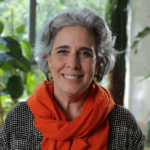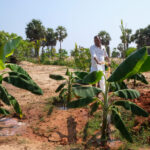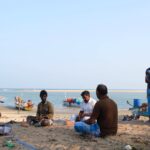We’re not giving up on the power of human rights activism—we’re doubling down. Learn more about our strengthened strategy and identity.
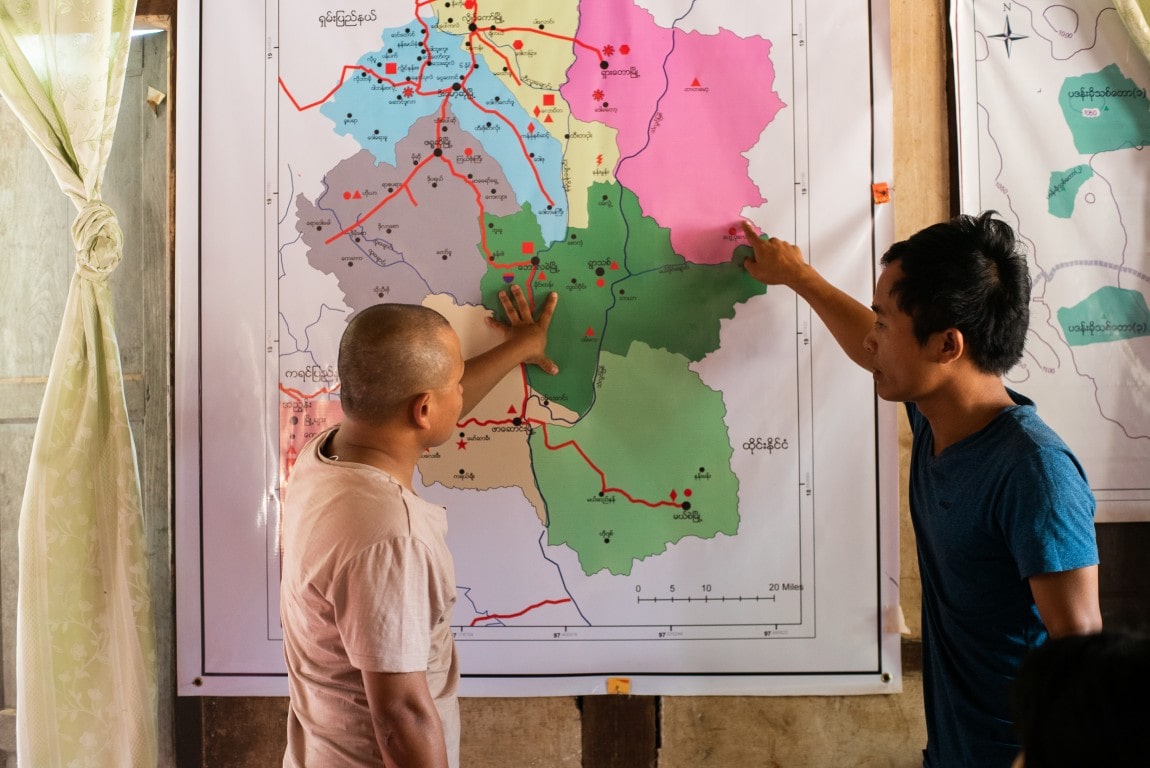
Today, we are excited to share the Fund for Global Human Rights’ new strategic outlook and brand identity with our global community of grantee partners, supporters, and allies.
Through a process of reflection and analysis, we have sought insights that will help us be the most effective possible partner to frontline activists. We have focused on assessing our strengths and weaknesses through discussions with donors, grantee partners, and allies, and unpacking what we have learned from over 20 years of supporting human rights movements around the world.
Why Now?
When the Fund for Global Human Rights was founded more than 20 years ago, we were at the forefront of a new approach to social justice philanthropy.
The principles of the human rights framework, forged in the aftermath of the horrors of World War II, were gaining traction across the world. More communities were coming together to demand their rights. But they lacked support from major funders. Our goal was to mobilize and deliver the resources they needed to succeed—moving money from the Global North directly to frontline activists.
Since then, we have invested more than $166 million in grassroots human rights activists, organizations, and movements around the world. We’ve helped sustain civil society through hard times. And we’ve proudly celebrated landmark victories alongside the communities and activists that made them possible.
But today, the human rights landscape looks very different. Authoritarianism is on the rise globally. Far-right groups are pushing to roll back hard-won rights, and international law is under unprecedented strain. The funding landscape is also shifting rapidly.
Moments of crisis and upheaval—like the one we are in now—are dangerous and difficult to navigate. But they can also be windows of profound opportunity.
Recognizing the uncertain road ahead, we know that change is necessary. So, working in close consultation with grantee partners, donors, peers, and staff, we have reshaped our strategy, refined our ways of working, and refreshed our brand identity to meet the moment. And since we began this process, further shifts in the global funding landscape and mounting political threats have made our work more critical than ever.
What’s Changing
Since our founding, our work has been in direct response to the needs of frontline activists. In years past, when an increasing number of governments at least nominally accepted and promoted the human rights framework, this led us to focus much of our funding on groups who were undertaking human rights education work in their communities with the aim of ultimately influencing decision-makers.
Every context is different. But as civic space has narrowed and authoritarianism has taken root in many parts of the world, movements face increasing restrictions on their ability to organize. The changes we’re making now reflect both this shifting environment and what we’ve learned from decades of experience.
Because we’re not giving up on the power of human rights activism—we’re doubling down.
Here’s how:
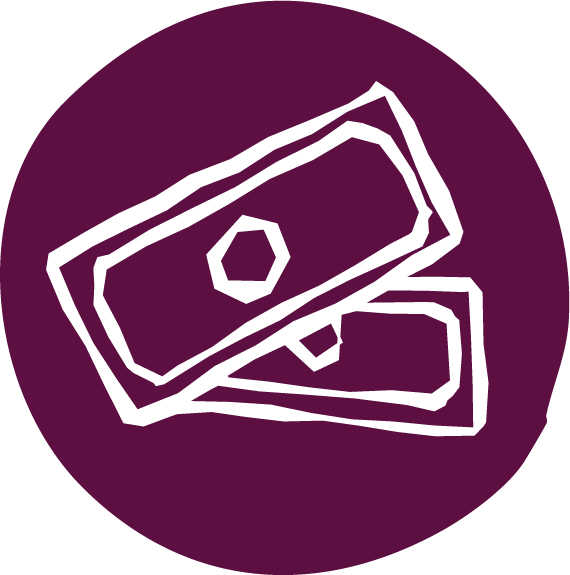
We’re focused on reaching frontline activists in restrictive or repressive environments.
Throughout our conversations with grantee partners, donors, and allies, a central theme emerged: the value of our ability to navigate practical and political barriers to reach activists in increasingly repressive contexts.
Under authoritarian regimes, activists face compounding challenges. Governments use the levers of power to supress civil society and stifle lawful dissent. The proliferation of so-called foreign agent laws has made it harder for activists to access support—they might have their bank accounts shut down, their travel restricted, or even their organization banned outright. Funders, too, face increasing risks.
We know this playbook well. Over the last two decades, we have delivered support to frontline human rights movements in restrictive environments across the world. We’ve stood with them as governments and corporate interests have shut down civic space, developed and deployed sophisticated surveillance technologies, and harassed, persecuted, or even killed activists for standing up and speaking out against human rights violations.
Our new strategy explicitly prioritizes the importance of sustaining human rights movements under threat. Because through the crackdowns and setbacks, we’ve seen activists hold the line against authoritarianism—and emerge stronger than ever when opportunities for change finally arise. By supporting this work and amplifying these stories, we aim to demonstrate how countless groups continue to lay the groundwork for change even in the face of adversity.
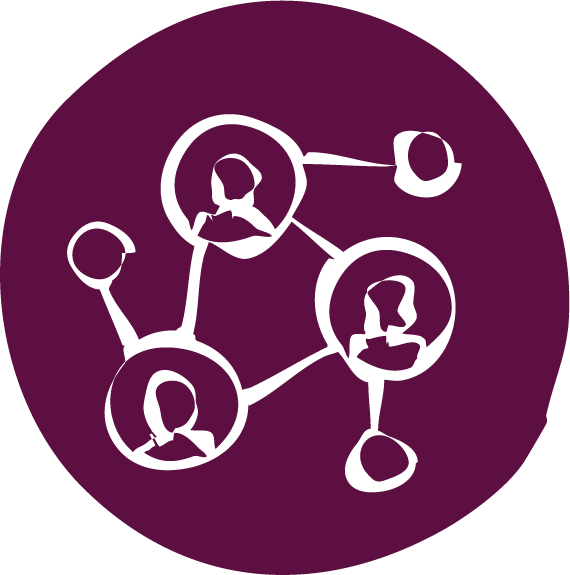
We’re prioritizing collective power and movement building.
Over the last 20 years, we have funded many groups seeking impactful policy change. And their successes have been cause for celebration. Legislative or judicial victories are meaningful steps forward.
But we’ve learned how fleeting policy wins can be. When authoritarianism takes root, hard-fought progress can be undone with the stroke of a pen.
While we will always stand in solidarity with groups pushing for better laws and policies, moving ahead we will explicitly prioritize investing in long-term movement building. Systemic change begins at the grassroots, powered by people not policymakers. By investing in movement building, we aim to build collective power that can withstand crises and lay the groundwork for lasting transformational change.
We’ve also seen the importance of connecting movements with each other. Strong, well-resourced movements working together for systemic change are more durable than any individual activist or organization focused on a narrow problem. Our new strategy emphasizes our role as a connector and convener, fostering coalition and collaboration across issues, generations, and geographies.
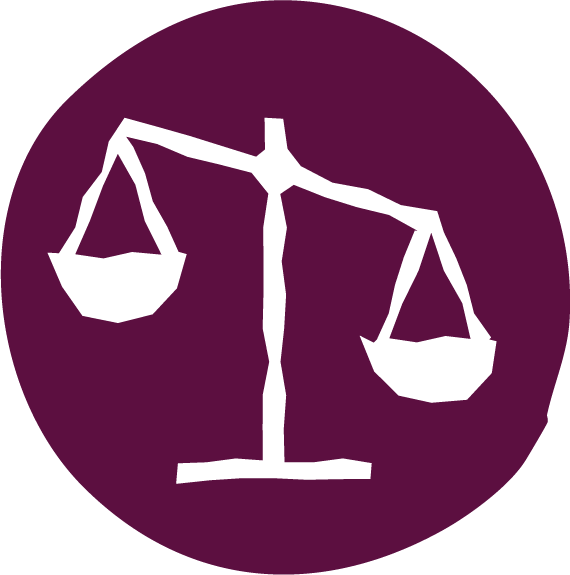
We’re centering the lived experience of people on the front lines of rights violations.
We have always put an emphasis on funding the groups closest to the issues—because those most impacted by human rights violations are best placed to understand the context and solutions.
But the need to center those with lived experience of rights abuses has never been more urgent. Authoritarians and far-right groups have vilified vulnerable communities—especially migrants and LGBTQ+ people—to foster fear, division, and hatred. Building the collective power of those communities is the best way to protect and promote their rights and challenge the power of authoritarians.
Over the years, we have steadily moved away from funding groups that act on behalf of others, looking instead for those that come directly from the communities they represent. Our new approach formalizes our commitment to prioritizing groups led by, composed of, or centering analysis by those who historically have been excluded from power and representation.
That is what solidarity looks like. And that really is the heart of our work: to stand with movements on the front lines of right violations and keep showing up for them, even when their short-term ability to create change is limited by repressive conditions, in order to build power for the long term.
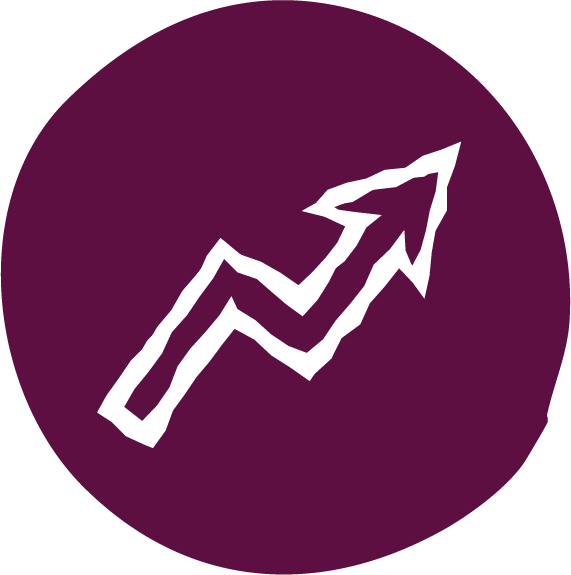
We’re strengthening our identity.
As we refined our grantmaking strategy, we knew that our external brand identity had to evolve as well. We have recognized that how we use our voice, present our work, and tell our story are all increasingly important. You may notice that we have a new logo, colors, and website experience. If you haven’t yet, take some time to look around.
These changes are not just aesthetic. They reflect every facet of our new strategic direction—an external identity that is based on our values and built to meet the moment. Our aim has been to make changes that will help us to reach new audiences, raise more money, and speak out effectively in solidarity with activists around the world.
It was vital to us that the perspectives and stories of activists and allies shape the direction that we take, and that our brand strategy is grounded in firm evidence. Throughout those conversations, it became clear that—in a time when the principles of human rights are questioned or threatened on many fronts— those of us working for a better world must build deeper connections with each other, adapt resourcefully to the challenges ahead, and maintain steadfast resolve in our work for a more hopeful and just future.
These key insights have shaped every aspect of our updated brand identity. Even our new logo is built on these core ideas: it is based around the mathematical symbol for conjunction—representing intersection, unity, and strong relationships. It is a visual shorthand for the sense of solidarity and connection that we bring to our work.
What‘s Not Changing
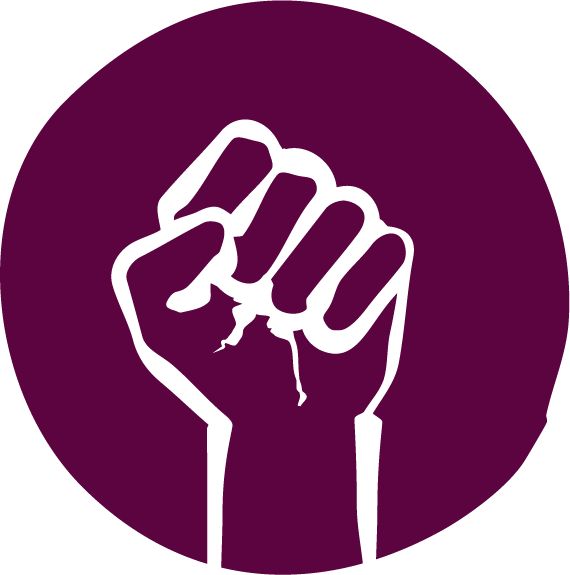
We invest in the power of human rights activism.
For more than two decades, we have supported the incredible work of grassroots activists around the world. Nothing about that is going to change.
We have been trusted by our community of donors to resource work in places where activists struggle to access critical support. For years, we were one of the few international human rights funders supporting vital efforts in Syria—our funding helped journalists and women’s rights activists keep working through the civil war. In the Philippines, we stood with courageous activists for years as they documented police violence and extrajudicial killings, building a case that ultimately led to the former president’s arrest and extradition to the International Criminal Court. From Tunisia to Guatemala, from Kenya to Myanmar, we are committed to standing with activists in the face of adversity.
Because through it all, they have never lost hope in the promise of human rights. Now, it’s our turn to show the same courage and resolve. Whatever happens, we will continue to find new and resourceful ways to deliver support and solidarity to activists on the front lines of the struggle for human rights.
The world is changing. And so are we. But our commitment to justice, dignity, and fundamental freedoms will never waver.
